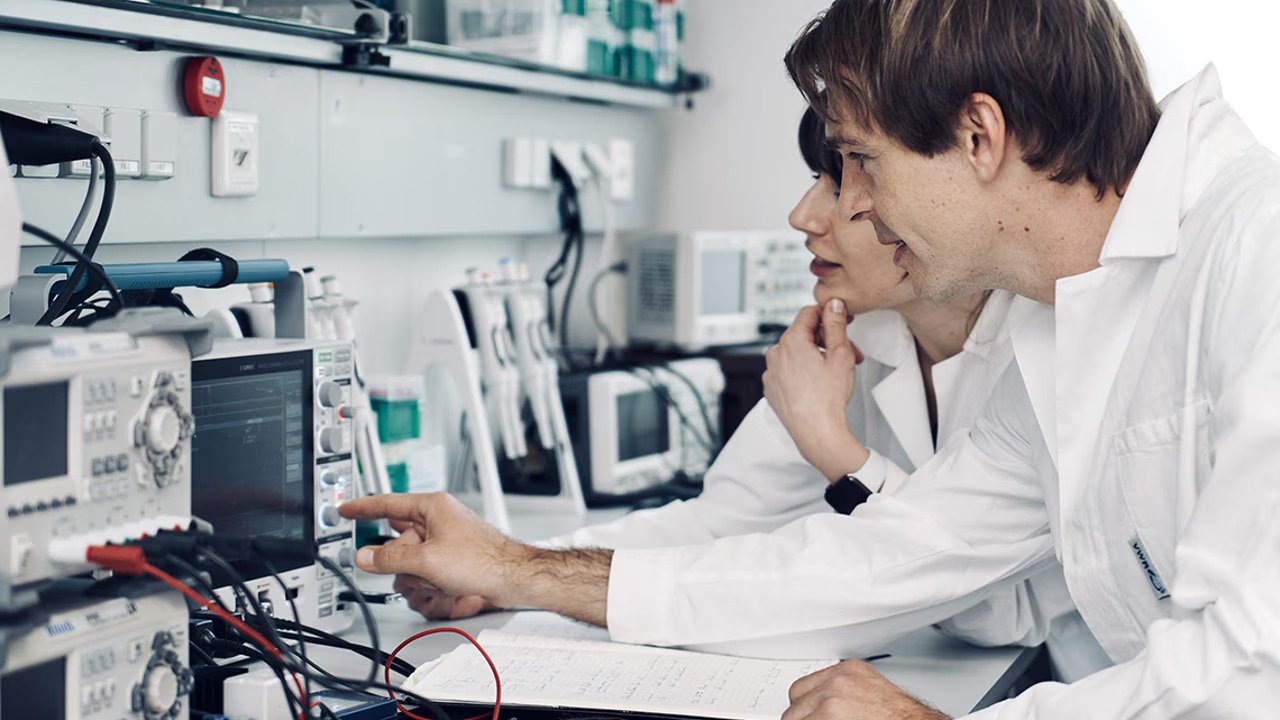One in five deaths worldwide is caused by sepsis, the body’s life-threatening response to a bloodstream infection. The infection-fighting processes turn on the body, overshoot and result in the need for amputation or multi-organ failure.
Fast diagnosis is critical to avoid the infection escalating.. For over 50 years, blood culture has remained the diagnostic gold standard for bloodstream infections like sepsis. However, it is slow, lacks sensitivity, and relies heavily on the volume and timing of the sample. While molecular technologies have transformed many aspects of clinical microbiology, they have yet to offer a viable alternative to blood cultures.
The Austrian startup Cellectric Biosciences is working to accelerate the speed of diagnosis by isolating pathogens from human samples such as blood, to allow for detection in less than four hours.
I met the company in Vienna, where it had won the local Startup World Cup Austria. I spoke to Terje Wimberger PhD, the Managing director and co-founder, to find out more.
The company has developed an electromagnetic sample preparation platform designed to enable fast, automated, and selective analyte detection in complex human samples.
It's patent-pending method couples electric fields into liquids without electrochemistry, instead using state-of-the-art dielectric materials to induce highly targeted electrodynamic effects. This allows for the selective isolation of specific target cells in a complex sample.
In plain language, the electric current zaps away blood cells, leaving sepsis-causing pathogens exposed for rapid testing.
Its technology exposes blood samples to a rapidly oscillating electric current. By tuning the strength and frequency, unwanted “backgrounds” in human samples can be destroyed, meaning testing focuses on the pathogens that need to be tested.
How does this work in practice?
The company has developed the Cellectric Base Station, which it calls a Wi-Fi router for cells.
It's a hardware cartridge that can be used in the machines it has developed or in future commercially available laboratory equipment.
A clinician draws the usual 10 ml of blood and feeds it into a cartridge that is loaded into the device.
Wimberger detailed that “the machine is mostly off the shelf except for a few proprietary parts. It's basically a Printed Circuit Board (PCB), a software and the magic is in the cartridges.”
Within 20 minutes, most of the white and red blood cells contained will be destroyed; however, the pathogens of concern will be untouched and concentrated to a smaller volume.
Further, this fully automated platform easily integrates into existing workflows, offering a fully automated solution that enhances efficiency in clinical settings.
From academia to life saving
Cellectric Biosciences is spun out from the Austrian Institute of Technology, Austria’s biggest research institute.
Wimberger explained that over a decade of research included extensive literature reviews and expert interviews that revealed the need for new diagnostic tech.
“We looked at the need to enable faster diagnosis and identified the problem of isolating pathogens in the blood. How do you get rid of the blood?
How do you physically purify the sample? After looking into many different technologies and possibilities, we found that electric fields might be the answer."
Following extensive trial and error we found a way to couple electric fields inside of liquids that specifically target the cells we want gone. So now we can pull pathogens out of blood quite easily.”
Cellectric Biosciences aims to have data from customer partnerships by the end of 2025, with co-develop or licensing deals the following year, and the potential to start shipping its tech commercially in 2027.
The company is also working with a Swiss company and clinic in Lausanne, Switzerland around issues of antibiotic resistance for patients suffering from cystic fibrosis.
Of course, spinning out from academic research into commercial applications is no easy task in medtech. According to Wimberger, the difficult part is communication.
“Sometimes, when you explain what you’re doing, people think something else. It's a challenge to explain science in a soundbite.”
He also notes:
“As academics, we're used to making statements only when we have a degree of certainty. But entrepreneurship is about guesswork and making statements of the future without certainty!”
But the company has been fortunate, its Vienna origins enabling it to follow a familiar local path where “first when you’re at university, you get the spin-off fellowship. Then you get the pre-seed non-dilutive funding from aws PreSeed program and then follow on from there.”
Cellectric Biosciences’ current funding is secured via the FFG Basis programm and AWS Seed financing, along with private equity investments led by Xista Science Ventures.
The company's next goal is to raise seed funding to commercialise its potential life-saving technology.
Lead image: Cellectric Biosciences. Photo: uncredited.



Would you like to write the first comment?
Login to post comments